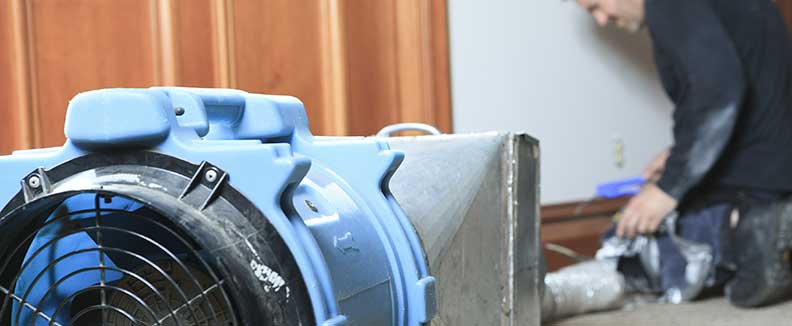Central heating and air conditioning systems move an incredible volume of air. They must do so to efficiently regulate heat.
The downside of this movement is that more than just air gets moved. Allergens, which can range from dander to mold and viruses, can infiltrate ductwork. They may become permanent residents, which in turn can make them into a permanent problem.
HVAC air duct sanitization represents one of the most effective ways to remove undesirable contaminants from air conditioning ductwork. We offer this service to our customers to help reduce the threat these contaminants may pose.
What Types of Contaminants May Be Found in Ducts?
Any allergen found in air, both inside and out, can be found in ductwork. This includes allergens like pollen, bacteria, dander, dirt, mold and viruses.
What makes these contaminants a problem pertains to the way they can accumulate inside of ductwork. Bacteria and viruses may multiply, which is why duct bacteria removal and duct virus removal becomes key to keeping occupants of a building healthy.
Mold in HVAC ducts becomes a particularly worrisome problem, as it can act as an irritant for individuals with respiratory conditions. This is why duct allergen removal may be the best solution, when paired with a pleated air filter that is regularly changed, to reduce the presence of contaminants.
How Does HVAC Air Duct Sanitization Work?
HVAC air duct sanitization is different from regular air duct cleaning. Special agents, typically antibiological agents, are used to destroy living microorganisms while hindering further growth.
These antibiological agents provide duct bacteria removal and duct virus removal. A vacuum may be used to first remove excess dander and dirt, which in turn increases the effectiveness of duct bacteria removal and duct virus removal.
Duct allergen removal will generally use a vacuum to remove the allergens. This is done because many allergens are unable to reproduce their own, but they may be able to accumulate due to air infiltration or by avoiding furnace filter filtration.
Mold in HVAC Ducts
Mold in HVAC ducts is one exception to this trend among allergens. It will generally collect at the return portion of the air conditioner, which is where a large amount of moisture-containing air passes through before the cooling process occurs.
This can allow mold in HVAC ducts to multiply rapidly. Duct allergen removal becomes the most effective in these situations when mechanical removal is applied before applying antibiological agents. Further vacuuming of any leftovers may improve allergy symptoms.
To learn more about HVAC air duct sanitization, or to schedule an appointment, contact us by calling (503) 908-4462 in Oregon and in Washington (360) 903-9030.
